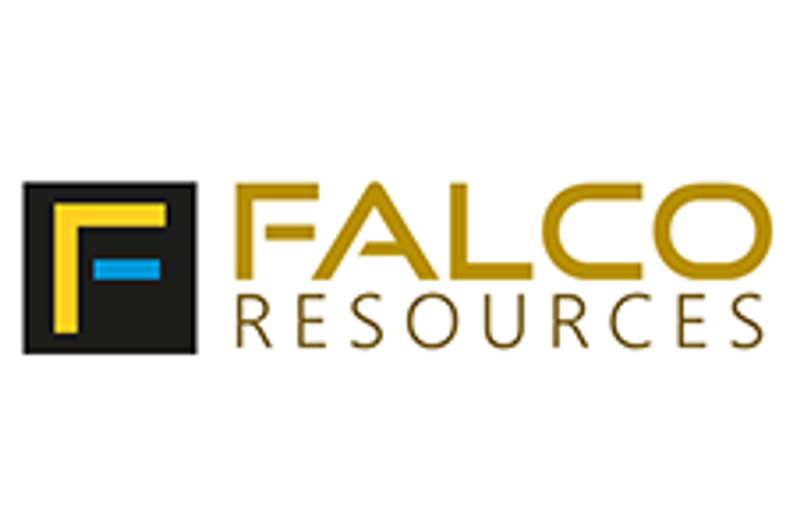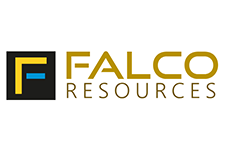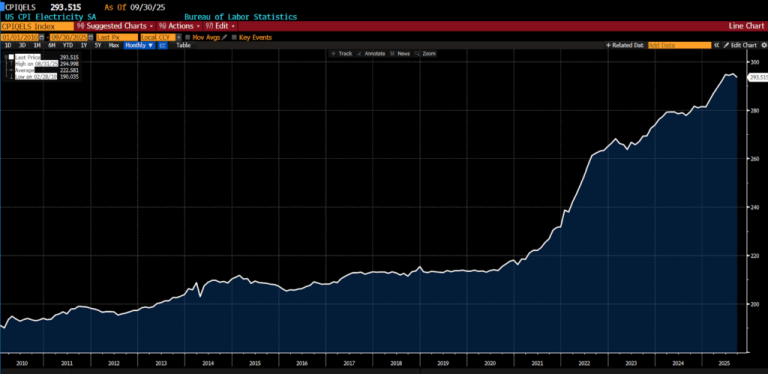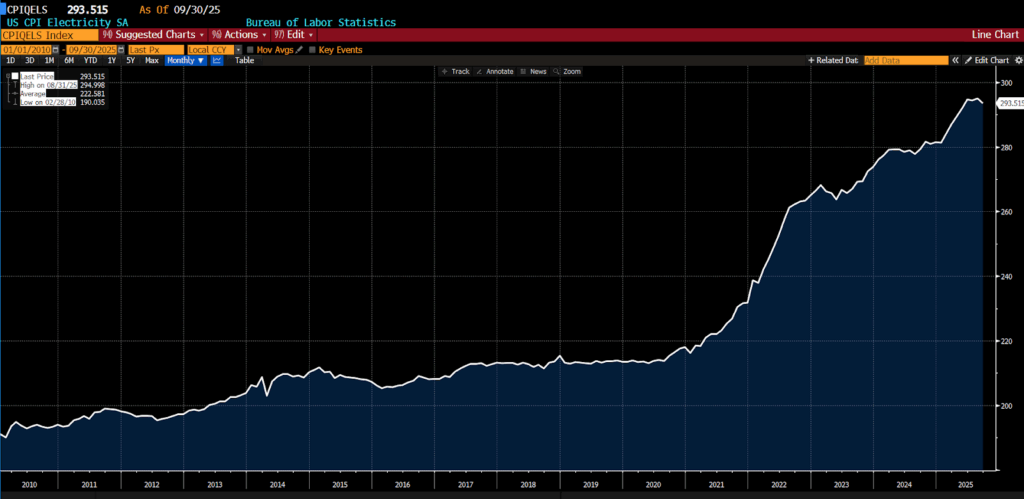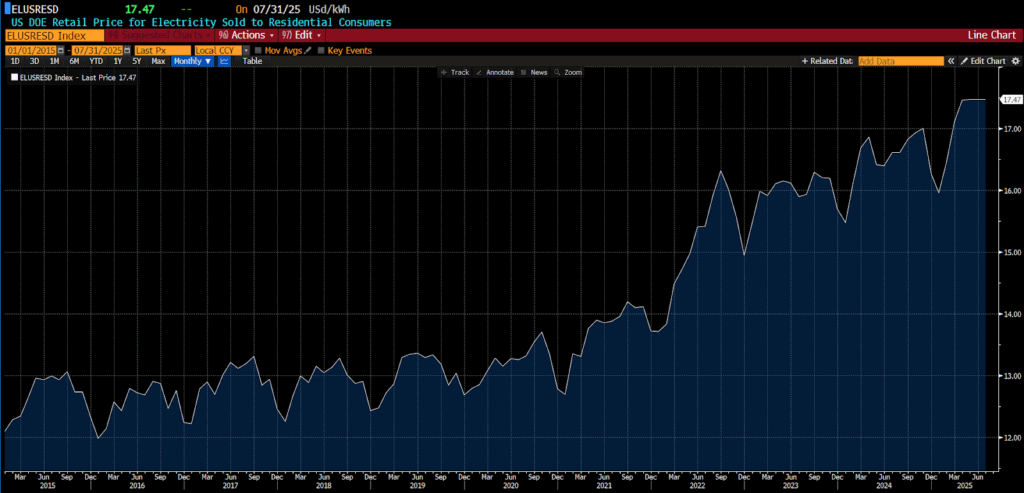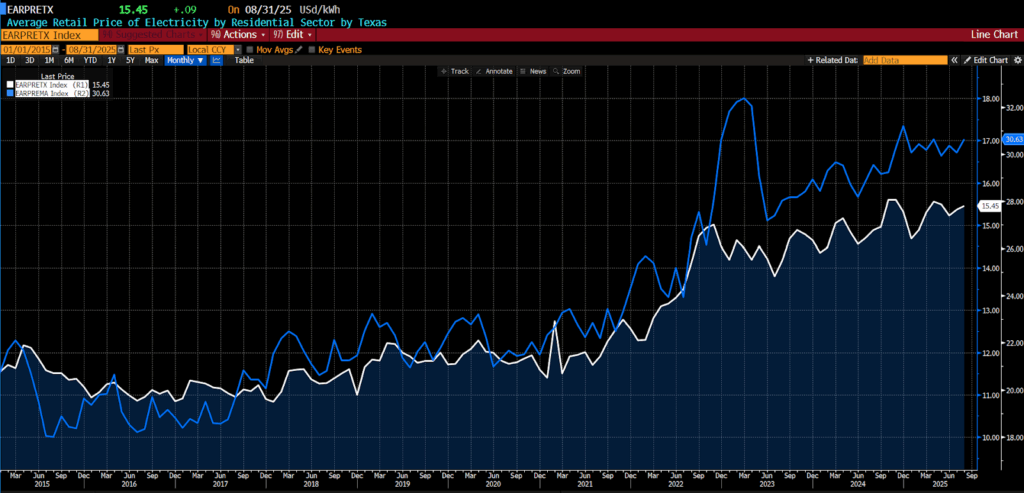Falco Resources Ltd. (TSX.V: FPC) (‘ Falco ‘ or the ‘ Corporation ‘) is pleased to announce that the Corporation has entered into binding agreements (i) with OR Royalties Inc. (‘ OR Royalties ‘) in order to extend the maturity date of the Corporation’s existing convertible secured senior loan (the ‘ OR Royalties Loan ‘) from December 31, 2025, to December 31, 2026; and (ii) with Glencore Canada Corporation (‘ Glencore ‘) in order to extend the maturity date of the Corporation’s existing senior secured convertible debenture (the ‘ Glencore Debenture ‘) from December 31, 2025, to December 31, 2026.
Luc Lessard, President and Chief Executive Officer of the Corporation commented: ‘ The concurrent extensions of the Corporation’s senior debts demonstrate the strong relationship and long-standing support of OR Royalties and Glencore to Falco and the development of the Horne 5 Project. Such extensions provide the Corporation with additional flexibility to pursue the permitting and development of the Horne 5 Project.’
Amendments to the OR Royalties Loan
In consideration for the extension of the maturity date of the OR Royalties Loan, the OR Royalties Loan will also be amended effective as of December 31, 2025, in order for (i) the accrued interest on the existing OR Royalties Loan to be capitalized such that the principal amount of the amended OR Royalties Loan will be approximately $26,098,521, (ii) the conversion price to be maintained at $0.45 per Common Share, and (iii) the interest rate to be maintained at 9% (collectively, the ‘ OR Royalties Loan Amendments ‘). The 17,690,237 warrants of the Corporation currently held by OR Royalties (the ‘ Existing OR Royalties Warrants ‘), each exercisable for one Common Share at an exercise price of $0.58 per Common Share, will remain outstanding in accordance with their terms until their expiry on December 31, 2025. In consideration for the extension of the maturity date of the OR Royalties Loan, the Corporation will issue to OR Royalties, on December 31, 2025, 19,332,237 warrants (the ‘ New OR Royalties Warrants ‘), each exercisable at any time from and after January 1, 2026, for one common share of Falco (the ‘ Common Shares ‘) at an exercise price of $0.58 per Common Share and expiring on December 31, 2026.
Amendments to the Glencore Debenture
In consideration for the extension of the maturity date of the Glencore Debenture, the Glencore Debenture will also be amended effective as of December 31, 2025 (the ‘ Amended Glencore Debenture ‘) in order for (i) the accrued interest on the existing Glencore Debenture up to December 31, 2025, to be capitalized such that the principal amount of the amended Glencore Debenture will be approximately $15,433,754, (ii) the conversion price to be maintained at $0.37 per Common Share, and (iii) the interest rate to be maintained at 10% (collectively, the ‘ Glencore Debenture Amendments ‘). The 19,424,944 Common Share purchase warrants currently held by Glencore (the ‘ Existing Glencore Warrants ‘) will remain outstanding in accordance with their terms until their expiry on December 31, 2025. In consideration for the extension of the maturity date of the Glencore Debenture, the Corporation will issue to Glencore, on December 31, 2025, 21,381,422 warrants (the ‘ New Glencore Warrants ‘), each exercisable at any time from and after January 1, 2026, at an exercise price of (i) $0.38 per Common Share for 15,061,158 of the New Glencore Warrants and (ii) $0.42 per Common Share for the remaining 6,320,264 New Glencore Warrants, and expiring on December 31, 2026.
The OR Royalties Loan Amendments and the issuance of the New OR Royalties Warrants (the ‘ OR Royalties Transactions ‘) are considered ‘related party transactions’ under Regulation 61-101 respecting Protection of Minority Security Holders in Special Transactions (‘ Regulation 61-101 ‘). The OR Royalties Transactions are exempt from the requirements to obtain a formal valuation pursuant to section 5.5(b) of Regulation 61-101. However, Falco is required to obtain minority approval for the OR Royalties Transactions as none of the exemptions contained under Regulation 61-101 are currently available to the Corporation.
Closing of the OR Royalties Transactions is conditional upon (i) obtaining minority approval of the shareholders of the Corporation, excluding the Common Shares held by the directors and officers of OR Royalties, to be sought at the special meeting of shareholders of the Corporation to be held on December 15, 2025 (the ‘ Shareholders’ Meeting ‘), (ii) approval of the TSX Venture Exchange, and (iii) concurrent closing of the Glencore Debenture Amendments and the issuance of the New Glencore Warrants on the terms described herein.
Closing of the Glencore Debenture Amendments and the issuance of the New Glencore Warrants is conditional upon (i) approval of the TSX Venture Exchange, and (ii) concurrent closing of the OR Royalties Transactions on the terms described herein. Subject to satisfaction of such conditions, closing of the OR Royalties Loan Amendments and the Glencore Debenture Amendments, and closing of the OR Royalties Transactions is expected to occur concurrently on December 31, 2025. Additional information will be included in the management proxy circular to be filed at www.sedarplus.ca.
Prior to the transactions contemplated by this press release, OR Royalties held the OR Royalties Loan in the principal amount of $23,881,821, which is convertible into 53,070,713 Common Shares and also held 17,690,237 Existing OR Royalties Warrants, representing approximately 17.01% of the issued and outstanding Common Shares on a partially diluted basis assuming the conversion in full of the OR Royalties Loan and the exercise in full of the 17,690,237 Existing OR Royalties Warrants. Immediately following closing, on a partially diluted basis assuming the conversion in full of the OR Royalties Loan and the exercise in full of the New OR Royalties Warrants, OR Royalties would have beneficial ownership of, or control and direction over 77,328,950 Common Shares, representing approximately 18.30% of the Common Shares issued and outstanding.
About Falco
Falco is one of the largest mineral claim holders in the province of Québec, with an extensive portfolio of properties in the Abitibi-Témiscamingue greenstone belt. Falco holds rights to approximately 67,000 hectares of land in the Noranda Mining Camp, which represents 67% of the camp as a whole and includes 13 former gold and base metal mining sites. Falco’s main asset is the Horne 5 project located beneath the former Horne mine, which was operated by Noranda from 1927 to 1976 and produced 11.6 million ounces of gold and 2.5 billion pounds of copper. Osisko Development Corp. is Falco’s largest shareholder, with a 16% interest in the Corporation.
For further information, please contact:
Luc Lessard
President, Chief Executive Officer and Director
514-261-3336
info@falcores.com
Neither the TSX Venture Exchange nor its Regulation Services Provider (as that term is defined in the policies of the TSX Venture Exchange) accepts responsibility for the adequacy or accuracy of this press release.
Cautionary Statement on Forward-Looking Information
This news release contains forward-looking statements and forward-looking information (together, ‘forward-looking statements’) within the meaning of applicable securities laws. Often, but not always, forward-looking statements can be identified by words such as ‘plans’, ‘expects’, ‘seeks’, ‘may’, ‘should’, ‘could’, ‘will’, ‘budget’, ‘scheduled’, ‘estimates’, ‘forecasts’, ‘intends’, ‘anticipates’, ‘believes’, or variations including negative variations thereof of such words and phrases that refer to certain actions, events or results that may, could, would, might or will occur or be taken or achieved. These statements are made as of the date of this news release. Without limiting the generality of the foregoing statements, the statements relating to the OR Royalties Loan Amendments, the Glencore Debenture Amendments, as well as the issuance of the New Glencore Warrants and New OR Royalties Warrants are forward-looking statements and will not be completed until approved by the TSX Venture Exchange and until appropriate shareholder approval is obtained with respect to OR Royalties Loan Amendments and the issuance of the OR Royalties Warrants. There is no assurance that the approval of the TSX Venture Exchange to such transactions will be obtained nor that shareholder approval with respect to OR Royalties Loan Amendments and the issuance of the OR Royalties Warrants will be obtained. Forward-looking statements involve known and unknown risks, uncertainties and other factors which may cause the actual results, performance, prospects and opportunities to differ materially from those expressed or implied by such forward-looking statements. These risks and uncertainties include, but are not limited to, the risk factors set out in Falco’s annual and/or quarterly management discussion and analysis and in other of its public disclosure documents filed on SEDAR+ at www.sedarplus.ca, as well as all assumptions regarding the foregoing. Although the Corporation believes the forward-looking statements in this news release are reasonable, it can give no assurance that the expectations and assumptions in such statements will prove to be correct. Consequently, the Corporation cautions investors that any forward-looking statements by the Corporation are not guarantees of future results or performance and that actual results may differ materially from those in forward-looking statements.




















